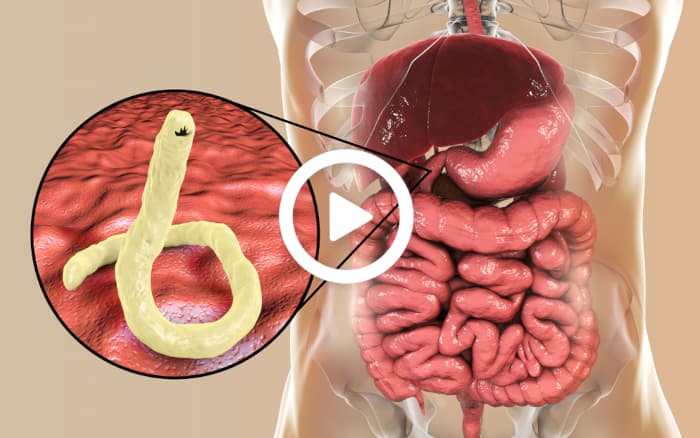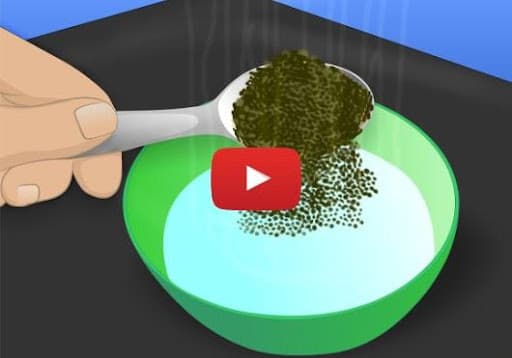Shoulder Blade Pain Exercises (Upper Trapezius, Levator Scapulae, Cervical Referral)
Upper shoulder and neck pain are common office-related discomforts often caused by prolonged periods at a computer. These issues largely stem from muscular and nerve-related problems in the neck and shoulder complex, particularly involving the upper trapezius and the levator scapula muscle. In this piece, we'll explore four exercises to help mitigate this pain, courtesy of Dr. Tom Walters, a renowned orthopedic physical therapist.
The first exercise involves a simple yet effective myofascial release technique using a massage ball. This approach is particularly beneficial for targeting tender points in the upper trapezius and levator scapula regions. By placing the massage ball under specific areas and applying pressure while lying on your back, you can release tension in the muscle tissue.
To enhance the release, try: - Raising your arm to rotate and stretch the shoulder blade - Performing a bridge to shift more weight onto the ball These techniques can be performed multiple times a day as needed.
Nerve mobilization for the median nerve, also known as nerve sliders or flossing, involves dynamic movements creating alternate tension and slack along the nerve pathway. With your arm extended and wrist flexed, lean your head towards the arm, and then alternate bending the wrist and elbow while moving your head away. This movement promotes neuropathic blood flow and mobility, ideally performed in 10-15 repetitions with moderate caution to avoid over-straining the nerve.
Lastly, improving neck strength and endurance is crucial. Lie on your back and perform a deep neck flexor isometric hold by tucking your chin, lifting your head slightly, and sustaining the hold without a pillow. Aim to gradually increase your hold time from 10 to 15 seconds, progressing over weeks to match 30-40 seconds, often the capacity of those without neck pain.
By incorporating these exercises into your daily routine, you can significantly reduce the discomfort associated with upper shoulder and neck pain. Dr. Walters also offers a comprehensive home rehabilitation program detailed in his book available on Amazon and Barnes & Noble, offering in-depth physical therapy guides across various body regions.
From Around The Web
Wellness Inbox is a blog & weekly newsletter that curates trending news and products related to health and wellness from around the web. We also gather content from various sources, including leading health professionals, and deliver it directly to you.
Please note that we may receive compensation if you purchase any products featured in our newsletter. Wellness Inbox is not affiliated with, nor does it endorse, any health professionals whose content may appear in our newsletter. The information provided is for general informational purposes only and should not be considered medical advice.
The information provided is not intended to replace professional medical advice, diagnosis, or treatment. All content, including text, graphics, images, and information available is for general informational purposes only. We do not guarantee the accuracy or completeness of any information presented and assume no liability for any errors or omissions. The content is subject to change without notice. We encourage you to verify any information with other reliable sources and consult your physician regarding any medical conditions or treatments.







